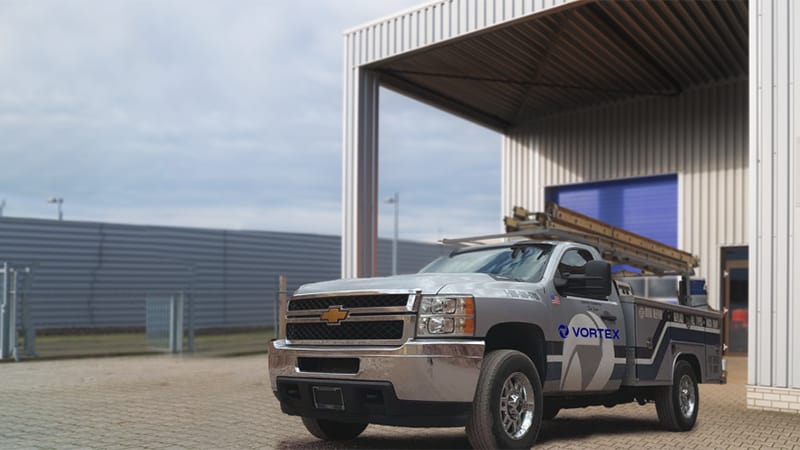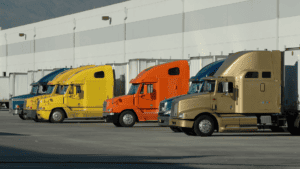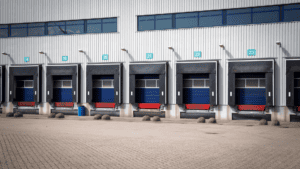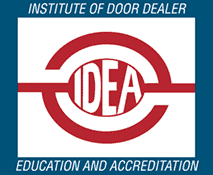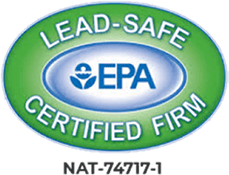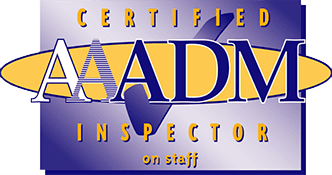Pit Levelers vs. Edge of Dock Levelers
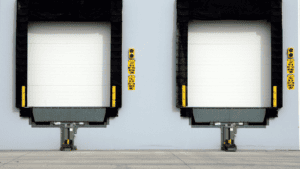 Dock levelers are essential safety devices that bridge the gap between truck trailers and loading bays. There are a variety of types, all of which provide a stable, secure platform for equipment and warehouse staff that allows them to move cargo safely in and out of your facility. When properly aligned, levelers allow forklifts and dollies to transition smoothly between the loading dock and the truck bed without snagging a wheel or becoming derailed. They also reduce risk of falls and other injuries. Though some warehouses prefer dock plates or dock boards, they’re generally incapable of handling heavy loads. For shipping centers with high or even moderate traffic, the choice of pit levelers vs. edge of dock levelers is the only real option for proper service range and safety.
Dock levelers are essential safety devices that bridge the gap between truck trailers and loading bays. There are a variety of types, all of which provide a stable, secure platform for equipment and warehouse staff that allows them to move cargo safely in and out of your facility. When properly aligned, levelers allow forklifts and dollies to transition smoothly between the loading dock and the truck bed without snagging a wheel or becoming derailed. They also reduce risk of falls and other injuries. Though some warehouses prefer dock plates or dock boards, they’re generally incapable of handling heavy loads. For shipping centers with high or even moderate traffic, the choice of pit levelers vs. edge of dock levelers is the only real option for proper service range and safety.
Deciding which type of equipment to install depends on several factors:
- Average number of trucks your team processes each day
- Whether you load cargo with forklifts or heavy machinery
- Weight of the loads you typically handle
Based on these factors, owners can weigh the strengths and advantages offered by each system and select the one best suited to their operation and budget.
Edge of Dock Levelers
Edge of dock levelers are mounted onto the face of the loading dock. Though similar to a dock plate or dock board, these systems are fixed in place. Both mechanical and hydraulic models are available. A mechanical leveler is activated with a spring attached to a handle. One pull raises the lip to its full height before it’s lowered physically onto the truck bed. Hydraulic units are controlled by a motor, which raises and lowers the lip at the push of a button.
Easy installation and maintenance make them a low-cost alternative to pit levelers. Their continuous hinges come with grease fittings for added strength. A standard model can support up to 30,000 pounds. And their extended range of sizes (up to 70 inches) allows them to accommodate a wide array of vehicles and hardware.
Pit Levelers
Pit levelers are mounted within the dock itself. The plate sits flush with the dock surface, with the equipment (arm, springs, motor, etc.) below, ready to raise or lower the unit as needed. Like edge of dock levelers, there are two categories of pit levelers as well:
- Mechanical. Uses a spring-loaded arm to lift the plate and deploy the lip. As soon as the operator pulls the chain, the plate rises to its full height, then has to be physically lowered into place. Purchase and installation costs for this unit are relatively low, while long-term costs tend to be relatively high, because they contain more wearable parts than hydraulic units.
- Hydraulic. Operated by a motor that raises or lowers the plate onto the truck bed. Hydraulic levelers not only require less effort, but are also stronger, capable of handling loads up to 80,000 pounds. Though more expensive to purchase and install, they’re cheaper to maintain in the long-run.
Pit Levelers vs. Edge of Dock Levelers
The most obvious difference between pit levelers and edge of dock levelers is cost. Edge of dock levelers are significantly less expensive. However, along with the lower price tag comes some limitations. While pit levelers can accommodate trucks up to 12 inches taller or shorter than your loading bay, edge of dock levelers can only accommodate truck beds up to five inches above or below the dock.
What’s more, edge of dock levelers have a steeper line of approach, which makes them harder on loading equipment, such as forklifts. Pit levelers provide a smoother transition, which reduces mechanical strain and lowers the risk your cargo will jar loose while it’s being moved.
However, for shipping centers that handle light cargo and trucks of the same approximate height, edge of dock levelers are an excellent choice. On the other hand, centers that handle heavy cargo and a greater variety of trucks generally prefer pit levelers, both for their strength and flexibility.
Dock Leveler Service
Vortex technicians are trained to repair, maintain, and upgrade all types of mechanical and hydraulic levelers, whether they’re mounted in a pit or directly onto the loading dock. We check and service critical parts in order to keep your systems running smoothly, while also extending the lifespan of your equipment. By clearing debris and replacing worn components, we prevent minor difficulties from escalating into major problems. Contact us today to learn more!

